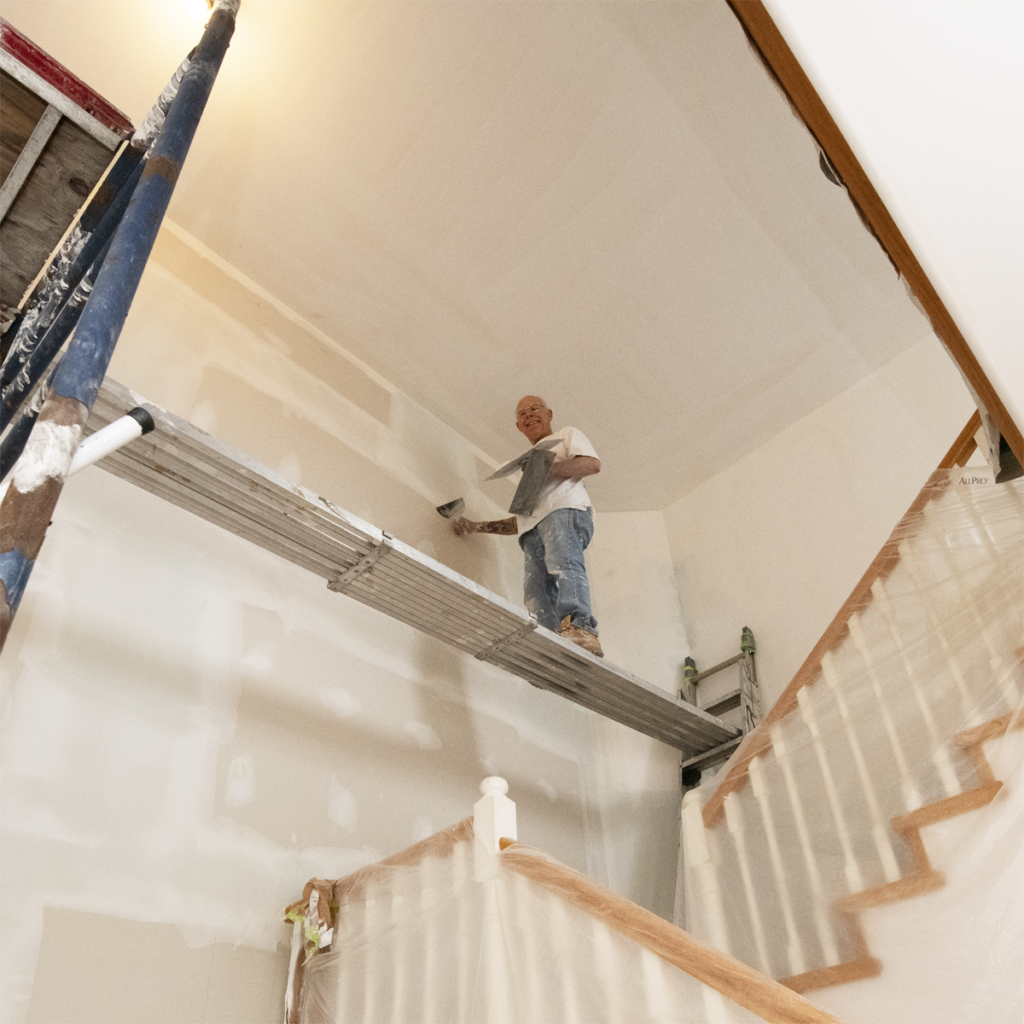Drywall, also known as gypsum board or plasterboard, has become a staple in modern home construction, but its history is relatively recent compared to other building materials. Developed in the early 20th century, drywall revolutionized the construction industry due to its ease of use, cost-effectiveness, and versatility.
The origins of drywall can be traced back to 1916 when the U.S. Gypsum Company (USG) introduced “Sackett Board,” named after its inventor Augustine Sackett. This early version consisted of layers of plaster and paper. However, it wasn’t until the 1940s, during World War II, that drywall gained widespread popularity. The war created a labor shortage, necessitating faster and more efficient construction methods. Drywall provided a quicker alternative to traditional lath and plaster, which were labor-intensive and time-consuming.
Drywall’s composition, primarily gypsum sandwiched between two sheets of heavy paper, offers several advantages. Gypsum is a natural fire retardant due to its water content, enhancing a building’s fire resistance. This property is one reason for drywall’s widespread adoption in residential and commercial buildings.
In modern homes, drywall is valued for its smooth finish, which serves as an excellent base for paint and wallpaper. It is also relatively easy to repair compared to plaster, which can crack and deteriorate over time. Furthermore, drywall is versatile, available in various thicknesses and types, including moisture-resistant and soundproof varieties, making it suitable for different areas of a home, from kitchens and bathrooms to bedrooms and living spaces.
The efficiency of drywall installation is another significant benefit. Large sheets can cover substantial wall areas quickly, reducing construction time and labor costs. This efficiency translates to lower overall costs for homeowners and builders, making drywall an economically attractive option.
The development of drywall was a key for efficient and cost-effective construction methods. Its fire resistance, ease of installation and repair, and versatility have made it a preferred choice in modern home construction, ensuring its place as a fundamental building material for the foreseeable future.
When you need drywall installed or repaired, contact Andy – one of Victoria’s Best Drywallers
